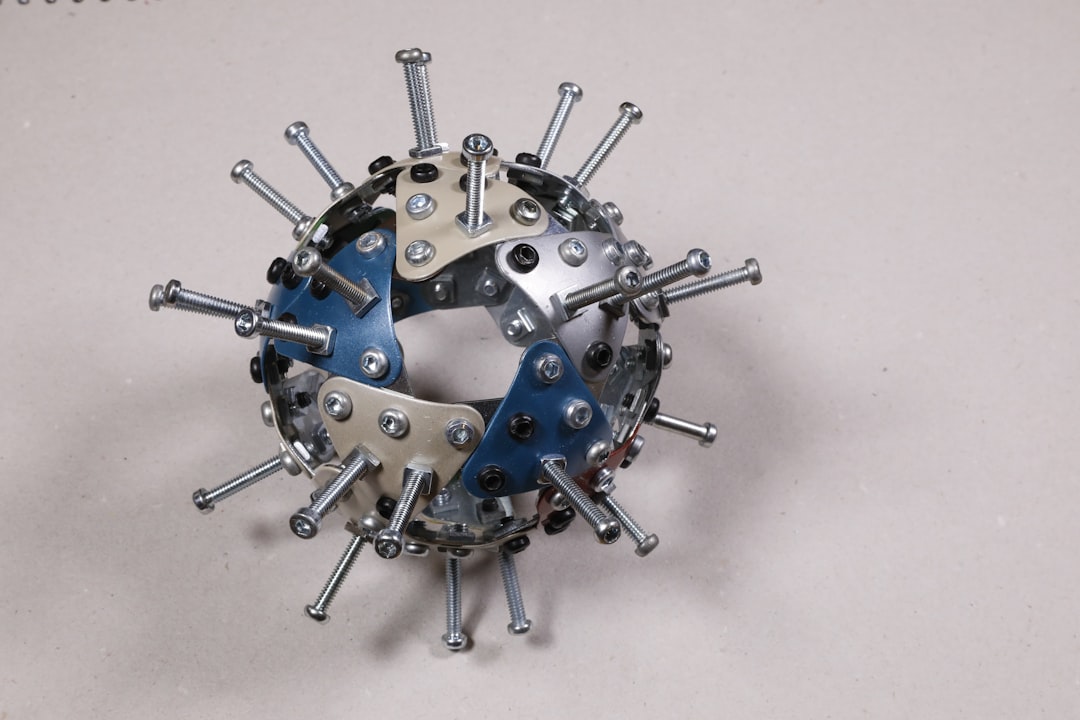What is it about?
The text discusses the role of progesterone (P4) in ovulation and implantation, and how its levels can increase during controlled ovarian hyperstimulation. There is some debate about whether high P4 levels before ovulation can negatively affect in vitro fertilization (IVF) outcomes, but this is complicated by the fact that other factors can influence the likelihood of pregnancy. To better understand this, researchers need to use more sophisticated statistical analyzes that take into account new factors such as hormones during the luteal phase (after embryo transfer), as these can also be significant predictors of success. of IVF. The authors of this text propose a study to investigate the relationship between preovulatory P4 levels, mid-luteal P4 levels and the probability of live birth after 26 weeks of gestation.
Featured Image

Photo by Taksh on Unsplash
Why is it important?
The levels of progesterone P4 before ovulation and in the middle of luteal phase were both found to be related to the ovarian response to treatments (Gonadotropins) . A statistical analysis showed that P4 levels before ovulation did not affect the likelihood of live birth rate (LBR). However, P4 levels in the middle of the luteal phase were a significant factor for LBR. The optimal chance of LBR was seen when P4 levels were between 41-60 ng/ml during this time.
Perspectives
This study suggests that monitoring progesterone levels during the middle of the luteal phase of IVF cycles could be helpful in improving the chances of pregnancy after fresh embryo transfer. If the progesterone level is below 40 ng/mL, additional progesterone can be given to improve the chances of pregnancy.However, if the progesterone level is above 60 ng/mL, giving more progesterone may actually harm the chances of pregnancy.
M.D. Abdelhamid Benmachiche
Read the Original
This page is a summary of: The impact of preovulatory versus midluteal serum progesterone level on live birth rates during fresh embryo transfer, PLoS ONE, February 2021, PLOS,
DOI: 10.1371/journal.pone.0246440.
You can read the full text:
Contributors
The following have contributed to this page










